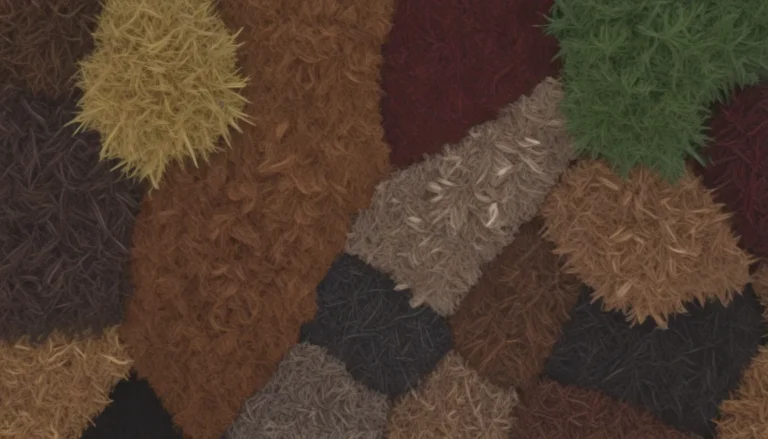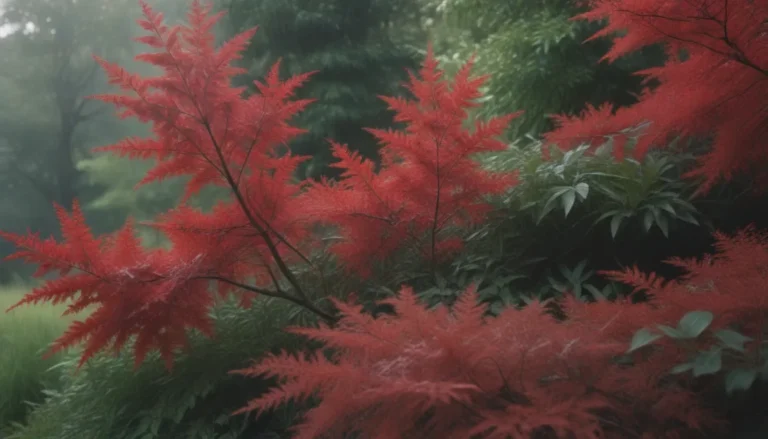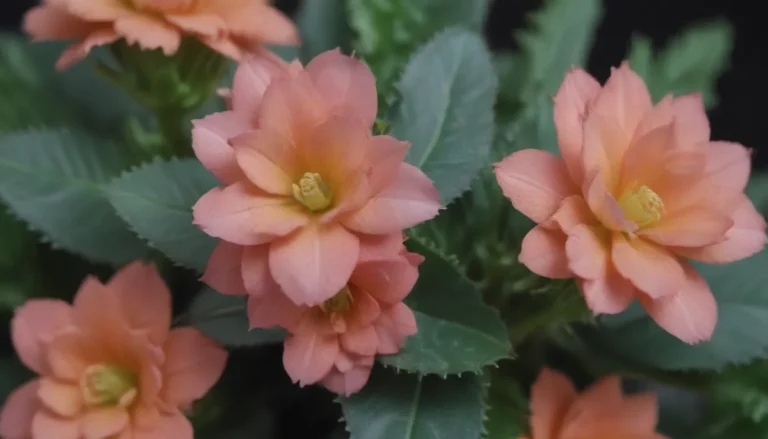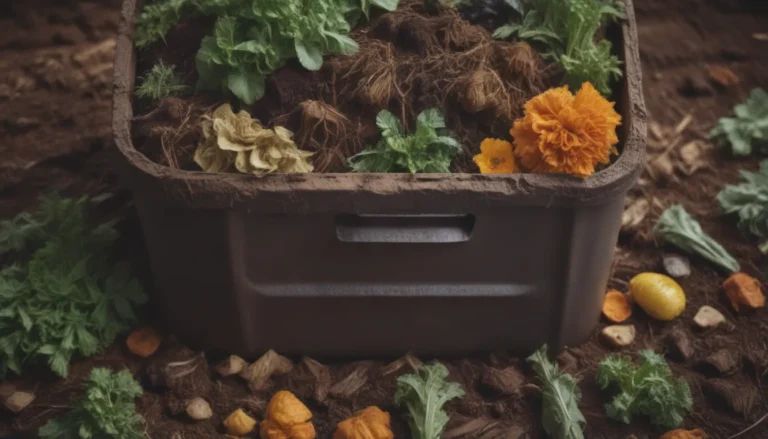Everything You Need to Know About Growing and Caring for Dawn Redwood Trees
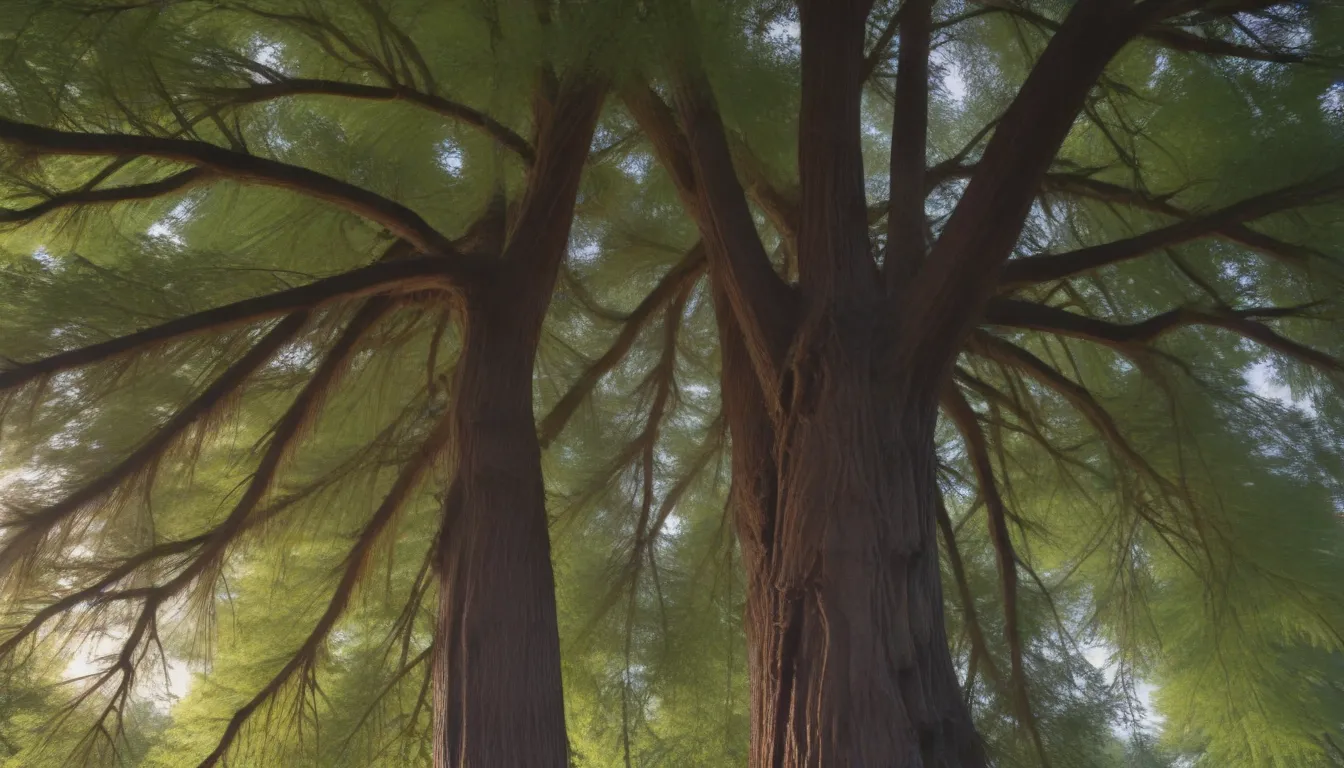
Are you looking to add a unique and majestic tree to your landscape? Look no further than the dawn redwood tree. While sequoia trees are typically too large for most gardens, the dawn redwood offers a more manageable option with its fast growth rate and striking appearance.
Discovering Dawn Redwood
Sequoia trees were once believed to be extinct until a small population was discovered in China in the 1940s. As a result, seeds were brought to the US, allowing populations of the dawn redwood (Metasequoia glyptostroboides) to be established. This deciduous conifer is a fast-growing tree that can add beauty and grandeur to any landscape.
Planting and Growing Dawn Redwood
When it comes to caring for dawn redwood trees, there are a few important factors to keep in mind to ensure they thrive in your garden:
Light
Dawn redwoods require full sun to reach their mature height. Make sure they receive at least six hours of direct sunlight each day.
Soil
These trees prefer acidic to neutral soil that stays consistently moist. If your soil tends to be alkaline, there are methods to make it more acidic to better suit the needs of the dawn redwood.
Water
Ensure your dawn redwood tree is planted near a water source for easy irrigation. These trees can tolerate waterlogged soil, so providing consistent moisture is key to their health.
Temperature and Humidity
Dawn redwoods thrive in USDA hardiness zones 4 to 8 and do well in conditions with cool humidity.
Fertilizer
While dawn redwoods generally don’t require fertilization, applying an iron-rich fertilizer to barren soils annually can help promote healthy growth.
Pruning and Propagating Dawn Redwood
Maintaining a healthy shape for your dawn redwood tree is easy, as they naturally grow into a pyramidal shape. Here are some tips for pruning and propagating these unique trees:
- Use a long-handled pruner or pruning saw to remove dead, diseased, or damaged branches.
- Keep an eye out for snow and ice damage, as large branches can become a hazard when they fall.
- Dawn redwoods can be propagated from hardwood cuttings, allowing you to expand your collection of these impressive trees.
Growing Dawn Redwood From Seed
While growing dawn redwood trees from seed can be challenging due to a low germination rate, it is possible with the right care and attention. Here’s how you can grow dawn redwood from seed:
- Plant at least 20 seeds in a peat pot, covering them with soil to a depth of about 1/4 inch.
- Provide good lighting for germination and maintain humidity by placing the pot in a plastic bag.
- Keep the soil moist and place the pot in a cool area with indirect light.
- After 30 to 40 days, the seeds may germinate. Allow the seedlings to grow several inches before transplanting them into the ground.
Common Pests and Plant Diseases
While dawn redwood trees are generally low maintenance, they can be susceptible to pests and diseases:
- Japanese beetles and spider mites may cause cosmetic damage, but it is usually not life-threatening.
- Fungal pathogens can be treated with appropriate fungicides if they affect the tree.
- Canker may develop if the tree is stressed, requiring the removal of affected branches.
Cultivars and Varieties
One popular cultivar of the dawn redwood tree is ‘Gold Rush’ (Metasequoia glyptostroboides ‘Gold Rush’), known for its golden-yellow foliage and narrow habit. This cultivar is more manageable in size, growing to 50 feet tall and 20 feet wide, making it suitable for moderate landscape sites.
Conclusion
Dawn redwood trees are a fascinating addition to any landscape, with their fast growth rate and striking appearance. By following these tips for planting and caring for dawn redwood trees, you can enjoy the beauty and grandeur of these unique trees in your own garden. And remember, by planting a dawn redwood tree, you are contributing to the conservation of a species that was once thought to be extinct. Happy gardening!

